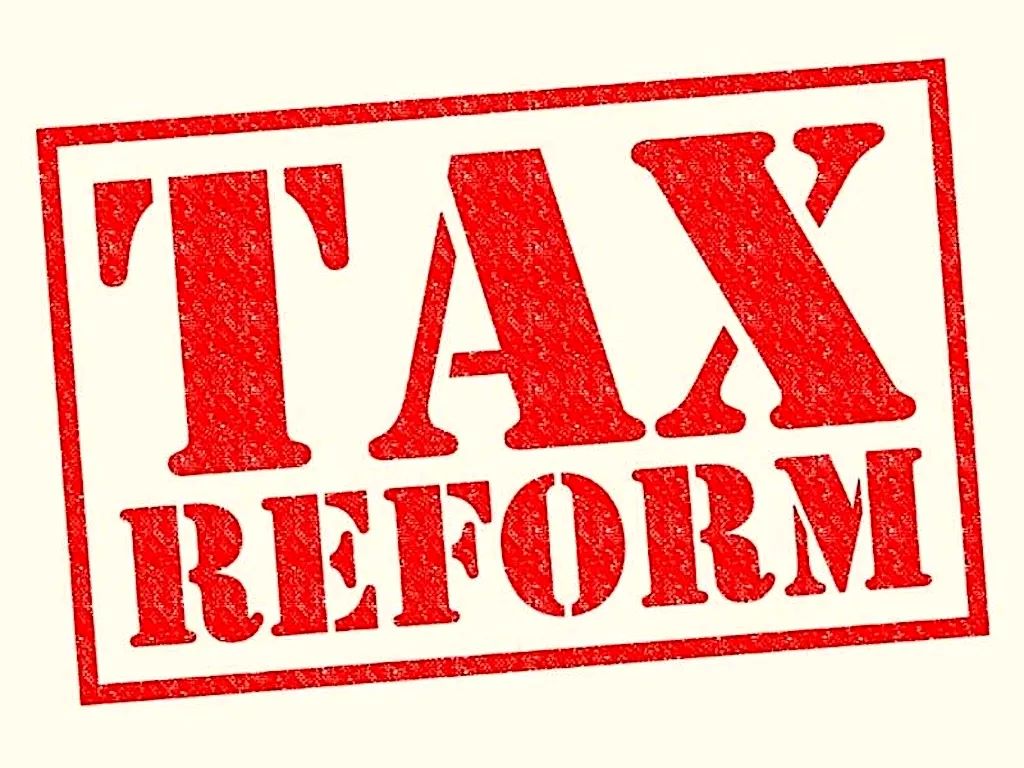
As Tanzania advances toward its Vision 2050 goals, a robust and inclusive tax system is becoming increasingly central to the country’s development strategy. The Tanzania Investment and Consultant Group Ltd. (TICGL), through its recent report “Tanzania’s Tax System and Economic Development (2025–2030)”, sheds light on how the government’s tax reforms are driving economic growth, while also revealing critical systemic challenges that must be addressed.
Tanzania’s economy has shown resilience and promise, with GDP growth projected at 6.0% in 2025 and 7.0% by 2028. Key growth sectors include:
Much of this development has been supported by rising tax revenues. In 2024/25, the Tanzania Revenue Authority (TRA) collected TZS 29.41 trillion, including a record TZS 3.587 trillion in December 2024 alone. This revenue funded critical initiatives such as:
Despite these gains, the study outlines ten pressing issues that must be tackled to ensure sustainable development:
1. Narrow Tax Base
Only 7% of Tanzania’s population is registered as taxpayers. With the informal sector employing 72% of the workforce, vast economic activity remains untaxed. This limited base restricts the country’s fiscal space and puts pressure on the formal sector.
2. High VAT Refund Arrears
Businesses faced TZS 1.2 trillion in unpaid VAT refunds in 2024. These delays affect cash flows, particularly for exporters and SMEs, and hinder business expansion.
3. Excessive Compliance Costs
Complex procedures and audit burdens increase operating costs by 10–20% for private enterprises. This discourages SMEs from entering or staying in the formal economy.
4. Business-Discouraging Tax Rates
The 30% corporate income tax and 10% withholding tax on retained earnings introduced in 2025 significantly burden SMEs. For example, SMEs (95% of all businesses) reported a 15% drop in reinvestment capacity due to this withholding tax.
5. Rural-Urban Disparities
Access to financial services is 85% in urban areas but just 55% in rural regions. This gap affects tax registration, compliance, and equitable access to public services.
6. Public Debt Pressure
Public debt stood at 45.5% of GDP in 2022/23. The fiscal deficit reached 2.5% of GDP in 2024/25, with borrowing of TZS 6.62 trillion domestically and TZS 2.99 trillion externally, highlighting the need for increased domestic revenue.
7. Inequitable Tax Benefit Distribution
Only 30% of eligible smallholder farmers accessed the tax exemptions meant for agricultural productivity. This shows a gap between policy design and grassroots impact.
8. Digital Divide
Although digital tax platforms improved compliance by 12% (2023–2024), poor digital literacy and infrastructure outside urban areas limit effectiveness.
9. Climate Vulnerability
Tanzania risks losing up to 0.5% of GDP by 2050 due to climate-related disruptions. While green taxes were proposed (e.g., TZS 500 billion carbon tax), implementation is still nascent.
10. Tensions with Private Sector
The private sector perceives some reforms—such as the 10% withholding tax—as hostile to reinvestment. This could dampen momentum in sectors like manufacturing, where private investment is essential.
The report outlines several reforms to address these issues:
Tanzania’s tax system is a cornerstone of its economic transformation agenda. While the country has made impressive strides in revenue mobilization and sectoral development, major structural and operational issues remain. Addressing these through inclusive, technology-driven, and equity-focused reforms is not only vital for achieving Vision 2050 but also for securing a prosperous and resilient future for all Tanzanians.